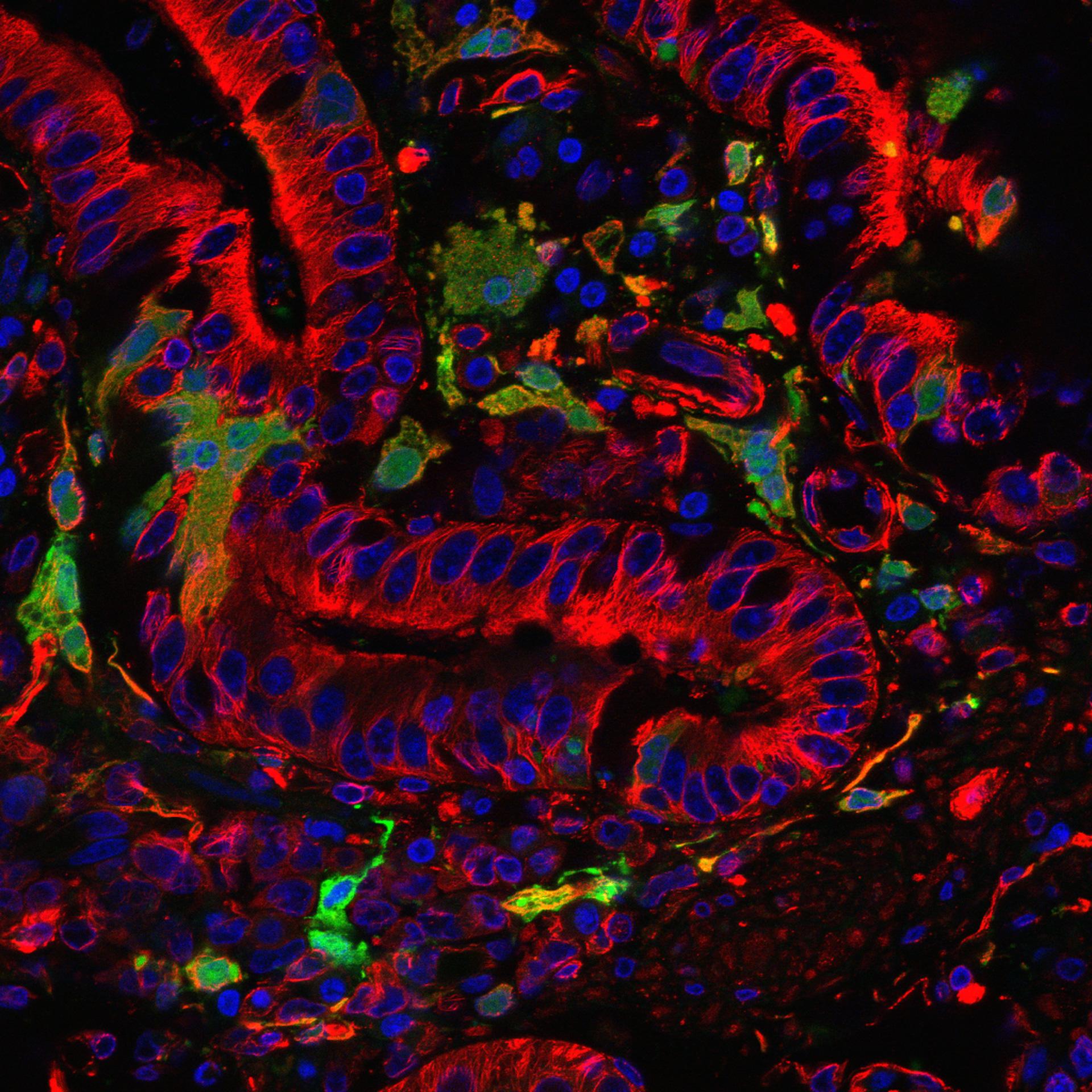On 14 June 2019, scientists at The Pirbright Institute destroyed the final archive stocks of rinderpest virus held in the World Reference Laboratory for Rinderpest. This completed a major milestone in the World Organisation for Animal Health (OIE) and Food and Agriculture Organization of the United Nations (FAO) programme to ensure the world remains free from the eradicated disease.
Rinderpest virus caused the most lethal cattle disease ever known but after a huge global campaign, in which Pirbright played an essential role, it officially became the second disease to be eradicated, after smallpox, in 2011. However, at the time, more than 40 laboratories across 36 countries still held samples of rinderpest, making the world still vulnerable to a reoccurrence of the disease.
“The biggest risk of rinderpest re-appearing comes from an accidental escape from a laboratory, something that might be possible in the future if stocks are kept, even though no one is working on the virus”, said Dr Michael Baron, Honorary Fellow at Pirbright and rinderpest expert for the OIE.
In a bid to protect the world from this devastating virus FAO and OIE designated some high containment laboratories Rinderpest Holding Facilities (RHF); including Pirbright to hold virus stocks, and encouraged other laboratories to send their rinderpest samples to these designated holding facilities.
As an OIE Reference Laboratory and a FAO World Reference Laboratory (WRL) for rinderpest, Pirbright scientists have led on the implementation of the ‘Sequence and Destroy’ project to eliminate virus samples held in the Institute. The project targeted the destruction of remaining virus stocks (apart from a minimal number of reference samples) after their genetic information was recorded through full-genome sequencing. “By capturing that information and then destroying the oldest and largest archive of the actual virus, we hope to set an example to other laboratories and encourage them to get rid of their remaining lab samples”, concluded Dr Baron.
“This is a culmination of years of work by Pirbright scientists and our international collaborators; over 2500 virus samples from as far back as the 1950’s have been destroyed”, remarked Dr Carrie Batten, Chair for the Rinderpest Holding Facility Network and leader of the Non-Vesicular Disease Reference Laboratory at Pirbright.
Samples were sequenced and destroyed in The BBSRC National Virology Centre: The Plowright Building, the UK’s flagship high containment facility for livestock diseases that houses the latest genetic sequencing capability. The building is named after Walter Plowright, who developed the rinderpest vaccine that was used to eradicate the disease. “It is very appropriate this is where the stocks of rinderpest virus are destroyed”, said Dr Bryan Charleston, Director of The Pirbright Institute.
The destruction of the last archived virus stocks held by Pirbright is a highly significant step in securing global freedom from rinderpest, which is imperative considering the FAO estimates that its eradication has avoided losses of 920 million USD every year in Africa alone.
